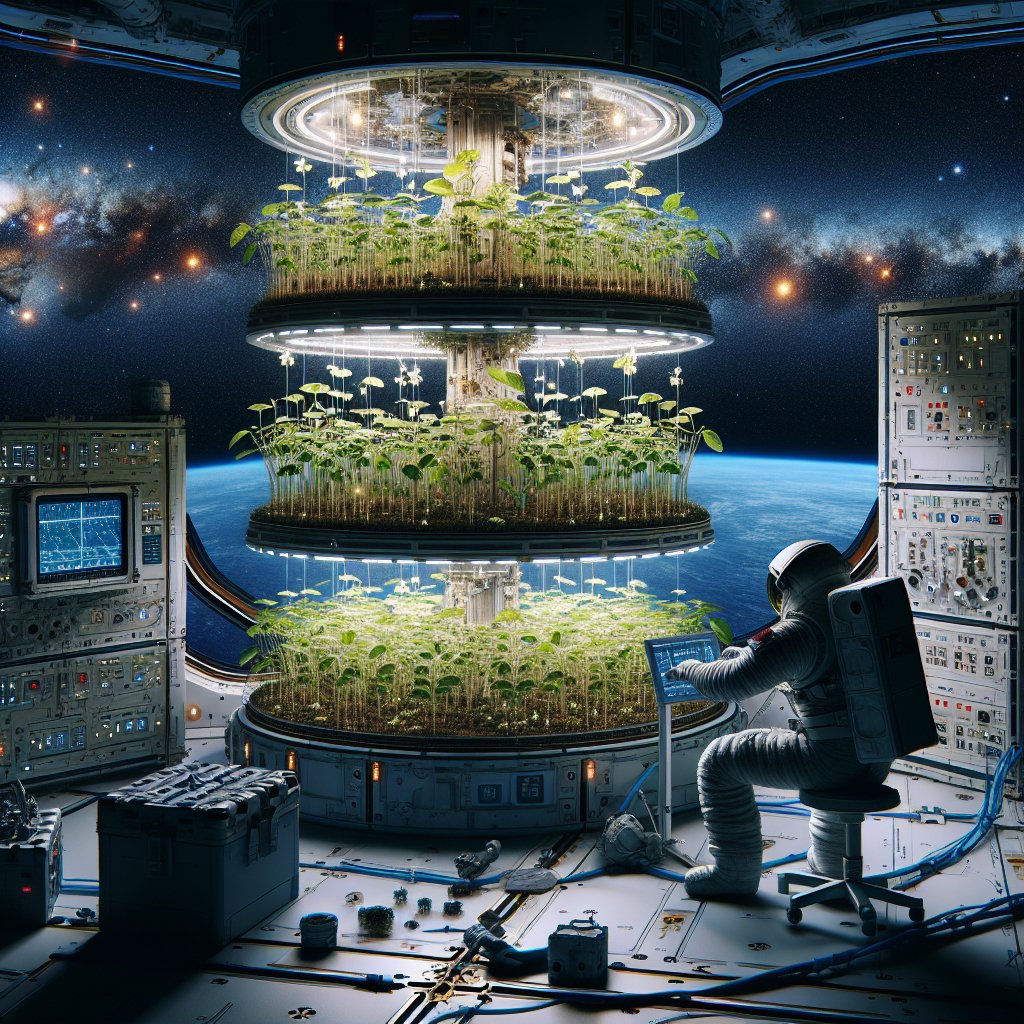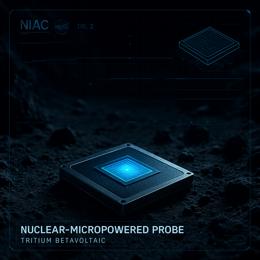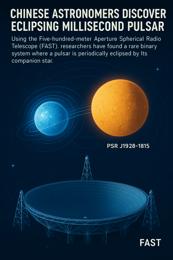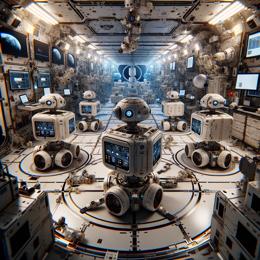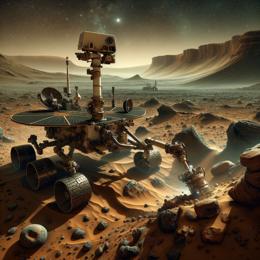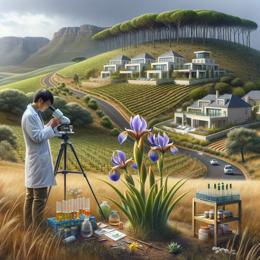Content created by AI
NASA's Advanced Plant Habitat: Pioneering Space Agriculture for Future Missions
In the vast expanse of space, NASA is planting seeds of innovation to harvest a future where astronauts can cultivate their own sustenance. The Advanced Plant Habitat (APH), a sophisticated growth chamber aboard the International Space Station (ISS), is at the forefront of research into plant life in the cosmos. The groundbreaking initiative seeks to understand the complexities of plant development under the unique conditions of a microgravity environment.
Microgravity, wherein objects appear to float in a state of freefall around Earth, significantly alters the fundamental aspects of plant growth, from photosynthesis to cellular structure. To accommodate these challenges, the APH has been meticulously engineered to foster plant life, simultaneously enabling scientists to scrutinize any potential genetic mutations and their transference to successive plant generations.
Supplied to the ISS by the Orbital ATK CRS-9, a commercial spacecraft proficient in space deliveries, the APH has been a hub for cultivating Thale Cress plants, also known as Arabidopsis thaliana. These resilient plants are a familiar sight in regions of Africa and Eurasia. Their hardiness, often witnessed along the roadsides, makes them an excellent candidate for the rigors of space cultivation.
The research conducted by NASA with the APH goes beyond mere botanical curiosity. It's a critical venture into creating self-reliant habitats as humans reach further into the cosmos. The space environment is inhospitable to life as we know it, applying stressors beyond what organisms encounter on Earth. By delving into how plants adapt in such conditions, NASA is accumulating valuable knowledge for future missions – aiding in the pursuit of not only growing food but also in replenishing a spacecraft’s life-sustaining oxygen supply.
One of the most significant experiments within the APH is the Plant Habitat-3 project. This venture into multi-generational plant cultivation examines whether adaptations developed in microgravity are hereditary. The insights gleaned from this study could revolutionize space travel, providing critical data on sustainable life support systems for long-duration missions like those to Mars.
As humanity's exploration of space enters a new era, NASA's efforts in the APH are more than an academic exercise. They represent a necessary evolution in space habitation – ensuring that the journey to far-off worlds is accompanied by greenery grown not just for sustenance but as a testament to human ingenuity.
